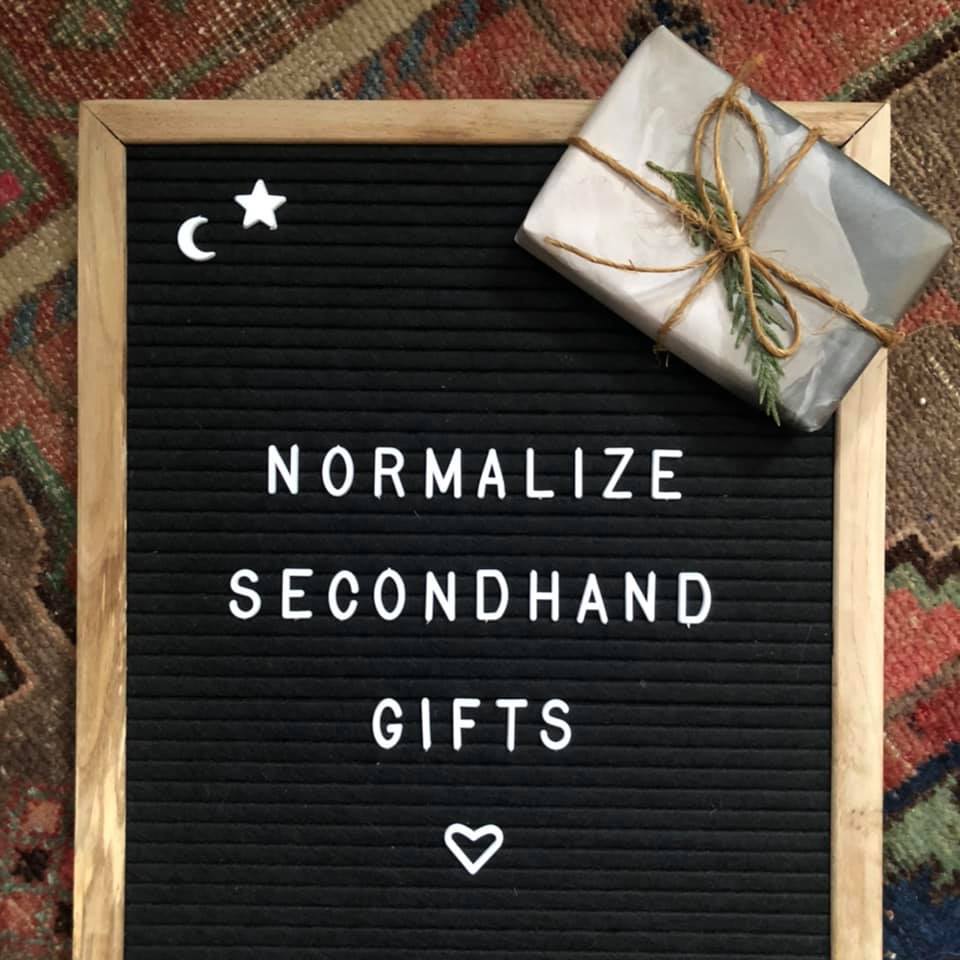My son Nolan just turned one. And with a first birthday (and the holidays) comes a similar phenomenon to the birth day…people want to give you stuff. Lots of it. Often new products created by the baby product industry.
And great product descriptions and trends make us think we need an ingeniously designed and expensive stroller. But do we really?
I hadn’t anticipated parenthood translating into so much asset management. Our babies grow and outgrow clothes and furniture at an impressive rate. I now understand the expression “they grow like a weed.” I mean, like amazing weed you love more than anything. But those little pyjamas only fit a few weeks. Which means less is better if you don’t want to spend all of your time sorting through boxes, drowning in stuff, as you notice tags on a jumpsuit your baby never got to wear.
We were very lucky to inherit plenty of second hand baby products including gear, toys, furniture and clothes from friends and family. One of these amazing friends has a child just a year older than Nolan, which means a steady stream of pre-loved age appropriate stuff comes our way every couple of months. And what we decided we need to buy, we mostly bought from Marketplace, Buy Nothing local groups and thrift shops. (Full transparency, we did end up buying a new item here and there).
And, we’ve developed a few tips in an effort to close the tap on the steady stream of new baby gifts coming our way. It’s better for my sanity with less stuff to manage and most importantly, it’s better for the planet. It also allows us to cultivate a culture of healthy and eco-friendly consumption at home.
Tip #1: Get the word out that you’re into second hand.
Let people around you know you prefer pre-loved baby products. If you’re chatting with new parents, let them know you’re happy to take their hand-me-downs.
Tip #2: Make no-new-stuff pacts with close ones.
We mutually agree and solemnly swear not to buy new things for your kids. We have made this pact with a few people, which takes the pressure off all parties and special events.
Tip #3: Send motivated gift buyers to second hand platforms and stores.
It’s ok to realize that for some people it really is a joy to give a gift. No one wants to hold back a grandparent who really, really wants to give something to their first and only grandchild. So when people insist on buying something, you can promote thriftiness and give them ideas on where to buy second hand.

Tip #4: Suggest spending time with your child instead of buying things.
Museums, parks, picnics, going out for a bite to eat — all great options to bond and give the gift of time.
Tip #5: Give new parents the gift of an experience.
When kids are under a year old, they’re not necessarily aware of receiving gifts. A family member sent me some money and told me to get a massage for having reached a full year of parenthood. I thought this was a great idea! You can also offer to babysit, to prepare a meal, etc.
Tip #6: Invite people to donate to a cause you care about in the name of your child.
You can even go the extra mile and dedicate a fundraiser to your child’s birthday.
Tip#7: (Try hard to) break the cycle and lead by example.
I sometimes have the reflex to get a gift for my godchildren. The look on a 3 year old’s face just doesn’t light up when I tell them I put some money aside for when they turn 18, for an exciting experience of their choice. But I’m really trying to stick to tip #4 and spend special time with them instead of buying something, even if second hand.
Don’t get me wrong friends and family who have given us gifts, we appreciate the kind and generous gesture! But buying nothing [4] is how we move beyond a linear consumption model. Let’s get circular!
I would love to hear about your tips in the comment section below.

Discussion
Lovely Read !!! Blessings for you in abundance for such amazing tips. Sharing something that I do. Ask people who are really keen to bring gifts to get you beautiful plants. Since they don't want to turn up for a party or occasion empty handed. Else we ask them to donate to NGOs or charitable organisations for a social cause close to their heart.
These are great tips, thank you for sharing! <3